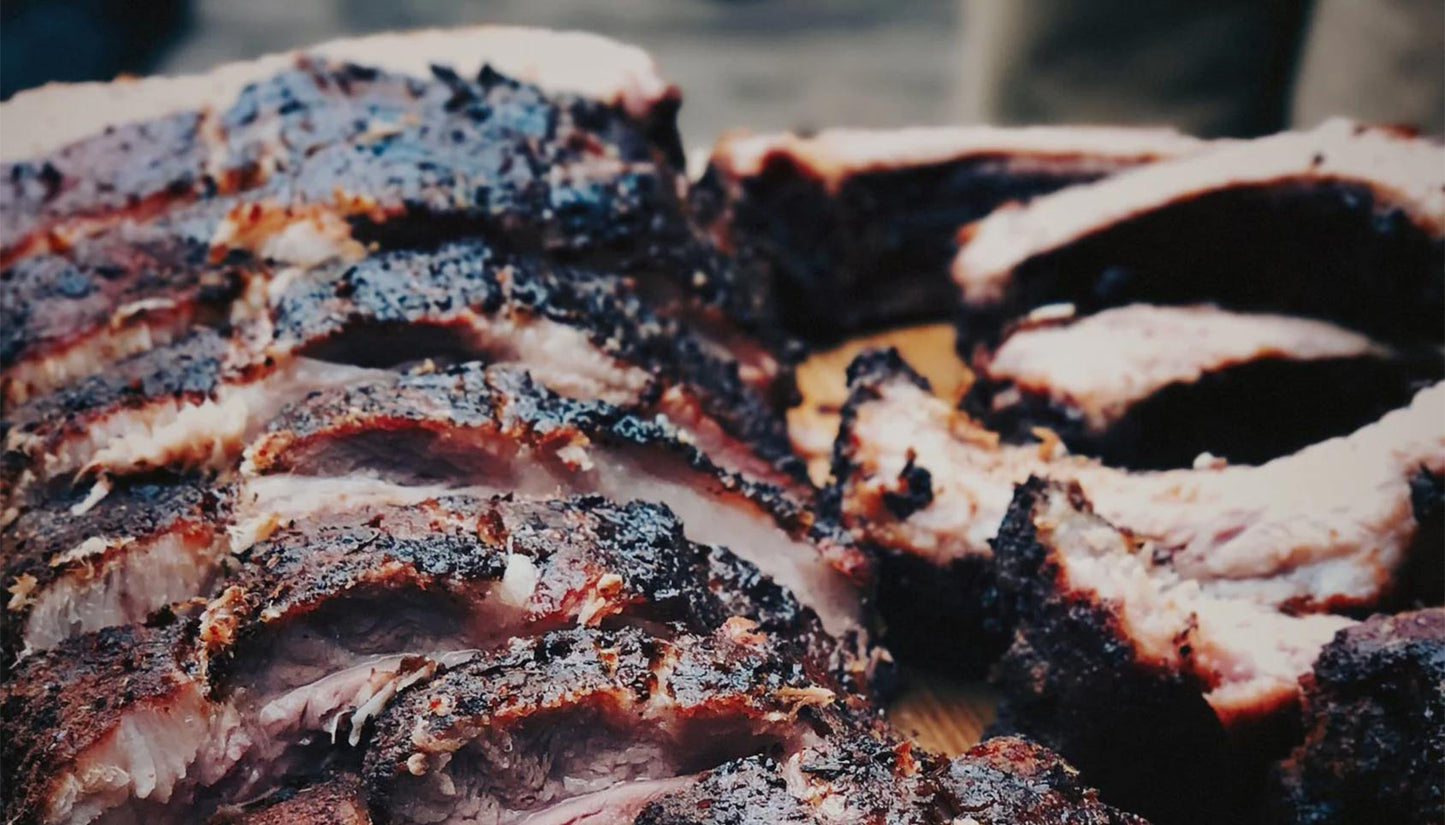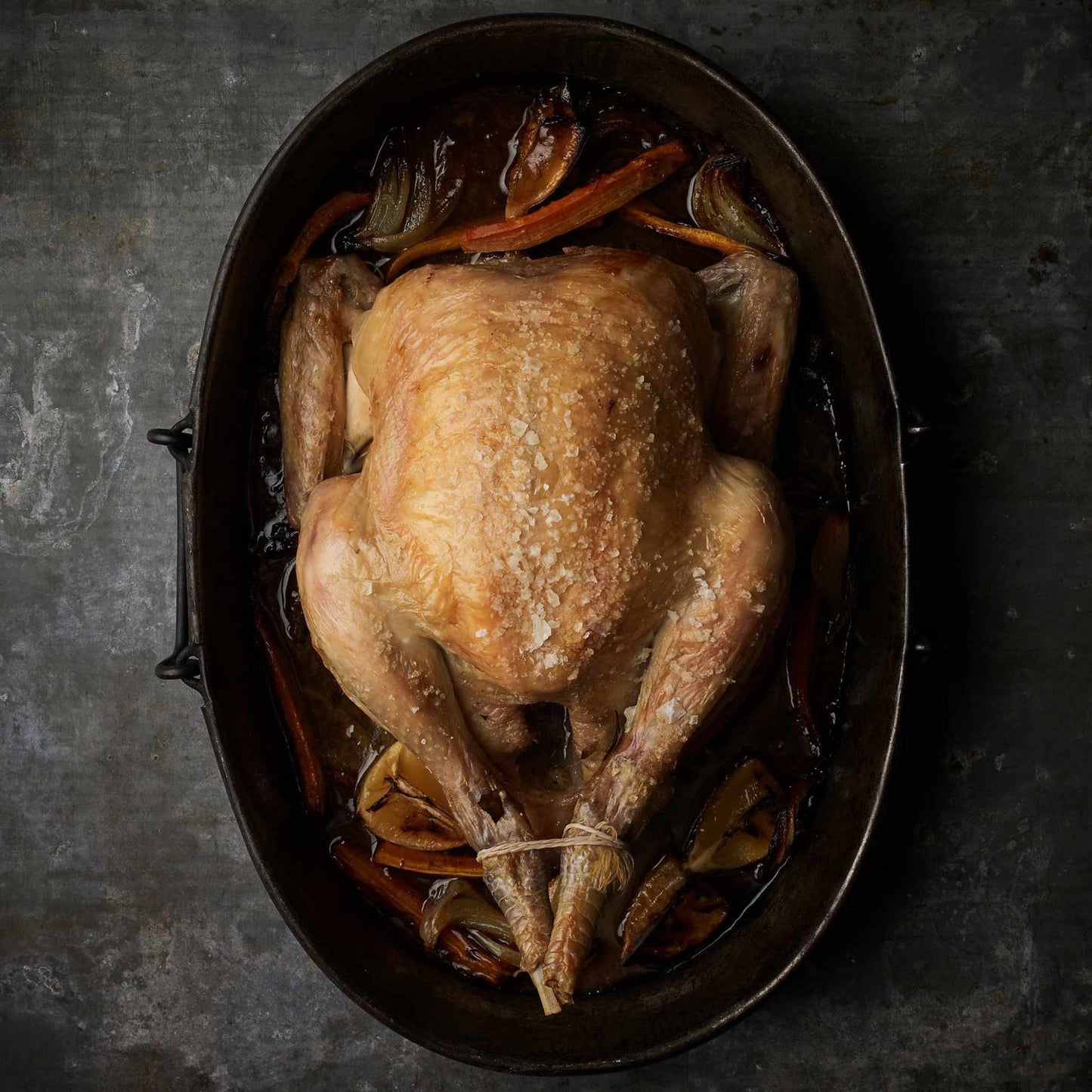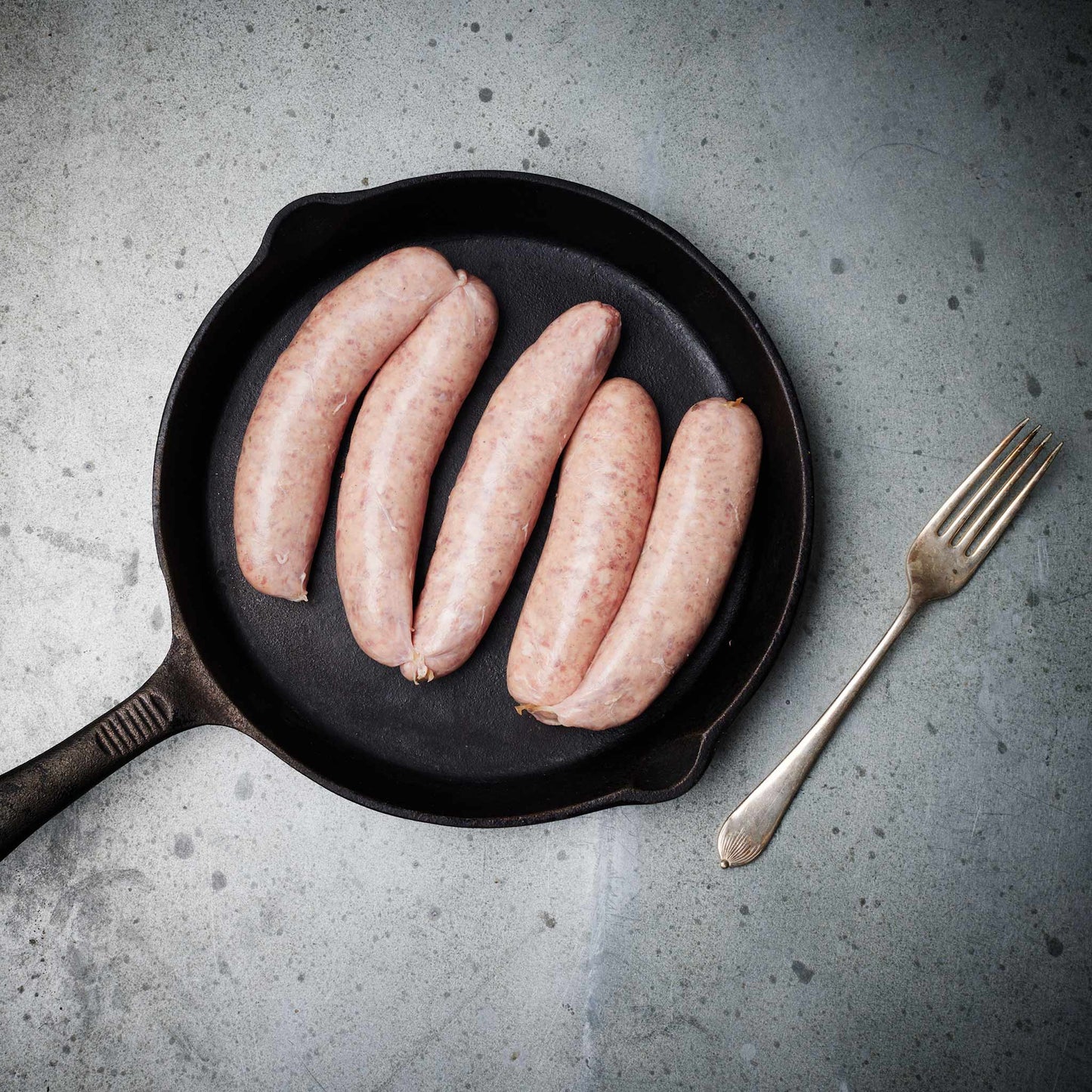We source our chicken from one farm in Leicestershire. The farm is Pasture for Life certified and rears truly free range, outdoor birds.

So they might not know how ro make the perfect cup of tea but our friends over the pond sure do know how to BBQ but did you know that there are wildly different ideas about what is and isn't acceptable that does not cross state lines.
Just as there are seven primary wine-producing regions in France: Alsace, Bordeaux, Burgundy, Loire, Provence, and the Rhone Valley that are considered sacred, the same rules apply to BBQ sauce and methods across the US.
Just to be clear, strictly speaking, the BBQ we are referring to in this piece means cooking long and slow with an indirect heat, what we might call a BBQ in the UK is strictly a grill to anyone in the US.
American barbecue can trace its origins to the Eastern coastline stretching from North Carolina south through the Florida panhandle. Anthropologist and novelist Zora Neale Hurston writes that the Southern practice of slow cooking meat over wood grills was borrowed from the babacots tradition of the Arawak, an indigenous people living in the Caribbean and Florida around the time of Spanish colonization. Spaniards translated this to barbacoa and eventually the English "barbecue" — but according to Hurston, it was slaves who took these techniques and dressed their meats with "barbecue sauce made from lime or lemon juice and hot peppers."
If any of you have a favourite recipe for BBQ please share with us as we're developing a new range of seasonings, in the mean time, the list below describes the main styles across America.
Eastern North Carolina Vinegar Sauce
The spicy and acidic African flavor profile was readily adopted in eastern North Carolina. Considered the mother of all American barbecue sauces, it can be traced back several centuries in North Carolina, where whole hog ‘cue reigns supreme. Unlike many modern sauces, the eastern-style uses no tomato, relying instead on a tart combination of vinegar (usually cider vinegar) and added spices like cayenne, black pepper, crushed red pepper, hot sauce (often Texas Pete), salt, and sometimes water. Author and chronicler of North Carolina barbecue Bob Garner notes that some original recipes even utilized coastal ingredients like oysters. This thin, watery wash is used to soak pork as it cooks over the flame.
Piedmont or Lexington-Style Dip
The introduction of Heinz ketchup in 1876 was a major turning point in the history of barbecue sauce nationwide. In North Carolina it resulted in a state schism over the validity of tomatoes on ‘cue. Enter the Piedmont-style or "Lexington Dip" — a reference to the city of Lexington where the style is most abundant. Western Carolinians traditionally cook pork shoulder and dress it with a tangy, vinegar-based sauce that's slightly reddened and sweetened by the introduction of ketchup. According to North Carolina's Our State magazine, the style may be attributed to five men of German descent who developed the Piedmont variety based on Bavarian practices of serving pork shoulder with sweet and vinegary sauce. It's also frequently incorporated into a specialty red slaw.
South Carolina-Style Mustard Sauce
Because human tastes belie strict borders, South Carolinians share the same traditions as their Northern counterparts with one exception — mustard sauce. Like the Piedmont-style dip, German immigrants are also to thank for this tangy smoked meat condiment. According to the South Carolina Barbecue Association, these Germans arrived to South Carolina settlements with mustard in tow. The mustard-based Carolina Gold is thinned with vinegar and doctored with added spices for a zingy flavor, and to dress pulled pork and other pork cuts.
Texas-Style Mop or Basting Sauce
Seeing as Texas likes to be different, it seems only appropriate that it developed its own saucy barbecue tradition. Texas's beefy barbecue cuts are often cooked with savory "mop sauce" or "basting sauce" — so called because it's applied with a mop. Steven Raichlen, author of The Barbecue Bible, describes the sauces as more of a thin "glaze" that moistens the meat and adds flavor as it smokes. Mop sauces may include beef stock, vinegar, Worcestershire, and spices like salt, pepper, and garlic.
Kansas City-Style Sauce
Kansas City, Missouri's thick, sweet, and tangy sauces dominate the collective consciousness when it comes to American barbecue traditions. Widely distributed on supermarket shelves, slathered on ribs at chain restaurants, and used to dip McNuggets and fries at McDonald's, it's the thick and gloppy baseline that unites a nation of barbecue novices. Ketchup and molasses give it a sweeter, heavier consistency while additives like liquid smoke impart a barbecue flavor in lieu of coals, fire, or a smoker. Worcestershire, brown sugar, vinegar, soy sauce, and other spice may also find their way into the recipe. Despite the style's critics, the barbecue restaurants of Kansas City often defy this reputation by creating a remarkable variety of house sauces with profiles from peppery and spicy to extra vinegary.
Alabama White Sauce
Those who enjoy sauce as a side dish may enjoy dipping their barbecue in white sauce, an invention of northern Alabama barbecue pioneer Bob Gibson. Comedian Aziz Ansari recently showcased the condiment (though it was mistakenly attributed to Nashville, Tennessee) in a recent episode of Master of None, in which his character becomes so enamored with the sauce that he misses a flight back to New York. Whether or not it's actually that exceptional is a matter of preference, but white sauce has a strong following in the small region around Decatur. Unlike the hog traditions of the Carolinas, this pasty mixture of mayonnaise, vinegar, and pepper is best applied to smoked chicken (though pork will also do). It's served thick and creamy or milky, and is an anomaly in the class of American sauces.
Additional Notes on American Sauces
America's regions cultivate an evolving spectrum of sauces with smaller-but-emerging styles found throughout the 50 states. Some argue that Memphis and St. Louis represent an alternative style, similar to Kansas City but with a thinner more vinegary base. In North Carolina, scholars also contend that a third imported style riffing on thicker tomato-based sauces has taken hold in the northern regions of the state. And in Kentucky, mutton is sometimes dressed with black Worcestershire-based dip. Wherever it's applied, sauce adds a signature that marks barbecue as one of the U.S.'s great folk food traditions.
From Carolina Gold to Alabama white, the country's principle sauce styles



